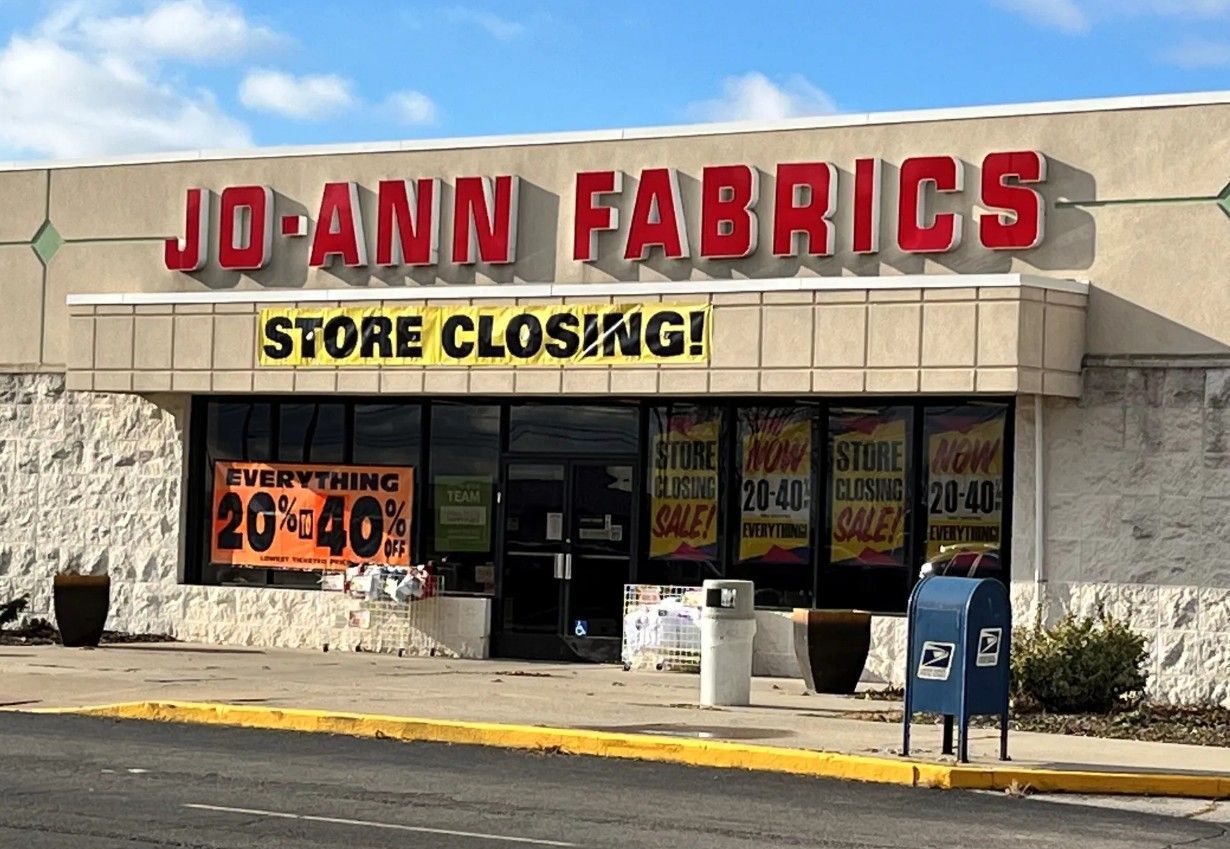Forecast Fumbles: How Missed Q1 Projections Are Fueling a Mid-March Inventory Dump
Inventories Triggering Sharp Rise in Liquidation Activity

As Q1 2025 reaches its midpoint, a growing number of consumer goods manufacturers and retail distributors are facing the ripple effects of missed sales forecasts. Across categories — from household essentials to apparel and seasonal goods — products ordered in anticipation of a strong start to the year are now clogging distribution centers, triggering a sharp rise in liquidation activity.
Retailers and suppliers alike entered the year with cautious optimism, expecting that cooling inflation and a more stable supply chain might nudge consumer confidence upward. But what many didn’t account for was a shift in how consumers are spending — prioritizing value, holding off on discretionary purchases, and leaning more heavily into discount channels.
“We’re seeing a significant uptick in clients looking to offload inventory that was projected to move earlier in the year,” said Daryl Johnson, Inventory Manager at Chepstow Corporation. “These are not distressed products; they’re quality goods that simply missed their sales forecasts.”
According to Johnson, the situation is particularly acute for companies that invested heavily in Q1 promos, expecting a post-holiday rebound. “In some cases, they doubled down on fast-moving SKUs based on last year’s numbers — but this year’s buying behavior just isn’t following the same curve.”
That mismatch between forecast and demand is causing a wave of inventory corrections, especially among mid-sized manufacturers and wholesale suppliers. For many of these businesses, holding excess inventory isn’t just a logistical headache — it’s a financial liability that ties up cash flow, warehouse space, and distribution bandwidth.
A Clean Exit Strategy for Bloated Inventory
Chepstow Corporation has seen a marked increase in inbound liquidation requests since early February. The company specializes in full-lot acquisitions — meaning it purchases entire inventories outright rather than cherry-picking SKUs. That distinction is critical for suppliers looking to resolve overstock situations fast and decisively.
“Our approach allows businesses to pivot quickly,” said Johnson. “Instead of trying to repackage, remarket, or drag out the process, we give them a clean financial exit and immediate working capital. That’s a big deal when you're planning Q2 production while still sitting on unsold Q1 goods.”
Chepstow’s clients range from U.S.-based consumer product manufacturers to exporters and importers looking to rebalance inventory across markets. Many come through referrals from supply chain partners, including export management firms like Ameritrade Corporate Holdings, who work closely with brands managing both domestic and international channels.
The Risk of Holding On Too Long
Industry analysts have long warned about the dangers of “inventory drag” — when aging stock clogs up the pipeline, erodes margins, and distracts teams from new opportunities. That drag is especially costly now, as warehouse space remains tight, and interest rates keep borrowing costs elevated, putting more pressure on balance sheets.
“It’s not just about clearing space — it’s about freeing up mental bandwidth,” Johnson added. “Companies that spend too long managing old inventory are missing the chance to launch new SKUs or focus on current market needs.”
Chepstow’s buyer network spans thousands of independent retailers, value channels, and closeout resellers across the U.S. and Canada. That reach allows surplus product to move quickly into secondary markets where demand still exists — without putting pressure on primary brand channels or pricing strategies.
From Forecast Error to Competitive Advantage
While missed projections are never ideal, how companies respond to them can make all the difference. For some of Chepstow’s partners, liquidation isn’t just about cutting losses — it’s become a strategic tool for staying lean and agile in a volatile landscape.
“More brands are starting to view liquidation as part of their inventory strategy, not just a fallback,” said Johnson. “The ones who act quickly, accept the data, and take action — those are the ones who gain ground, not lose it.”
As Q2 approaches, Chepstow expects liquidation volume to remain elevated, especially if consumer spending remains cautious through spring. For now, the message from the market is clear: clean up, move fast, and stay flexible.
About Chepstow Corporation
Chepstow Corporation is a Delaware-based leader in the liquidation and surplus inventory sector. Specializing in full-lot acquisition and rapid redistribution, Chepstow serves food and non-food manufacturers and supplies tens of thousands of retailers across the U.S. and Canada with high-quality, value-driven goods.
Media Contact:
Michael Miller, Media Relations
mike.miller@chepstowcorp.com
Tel: 302-793-9090


